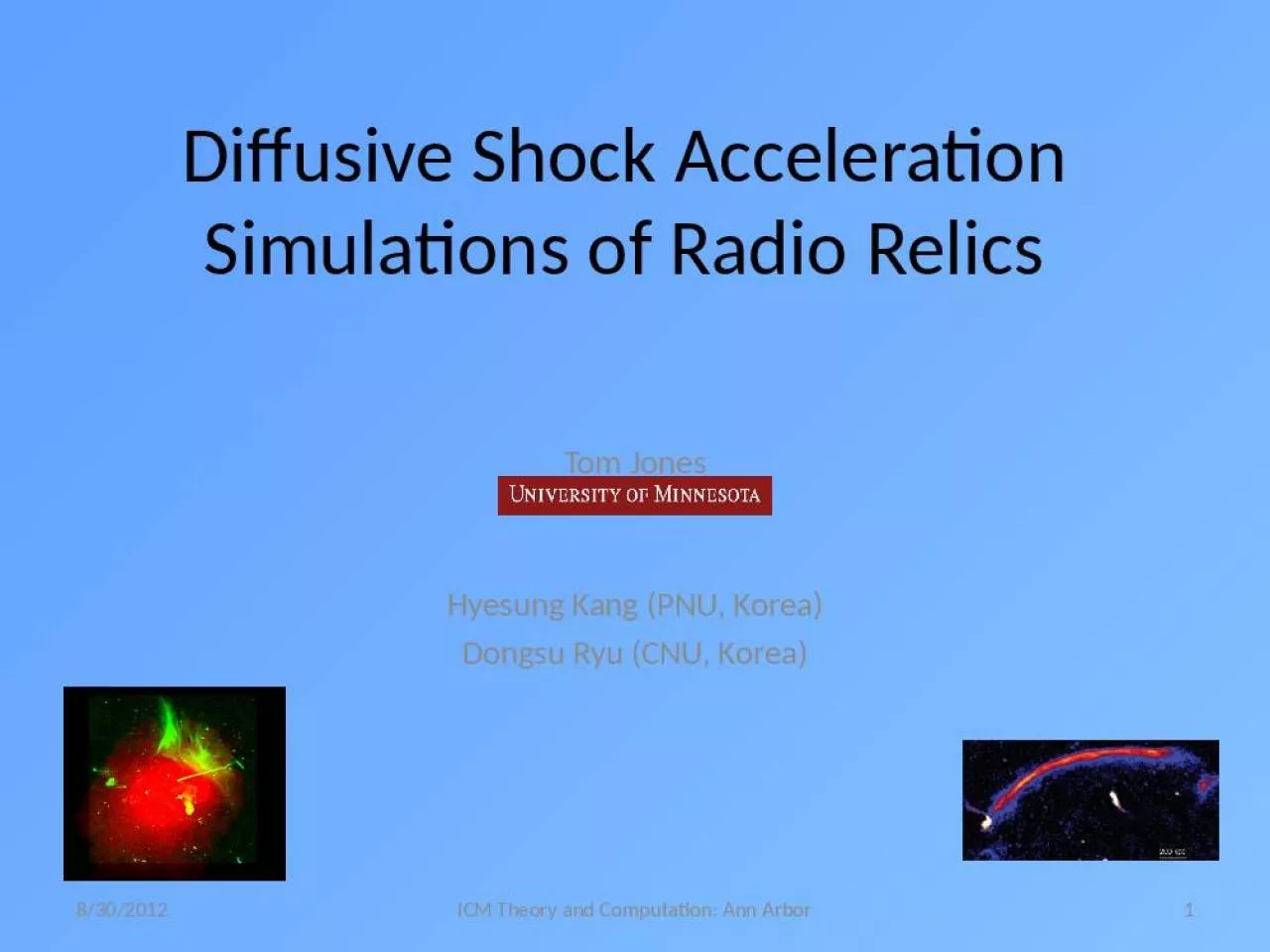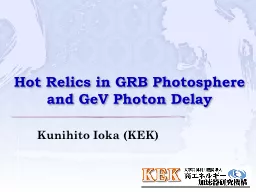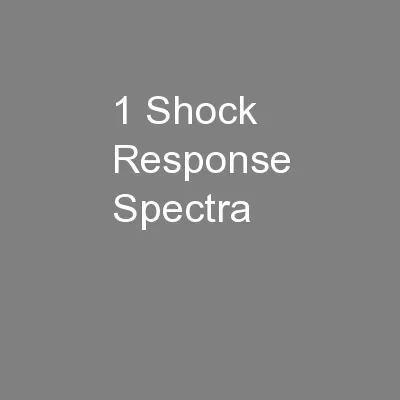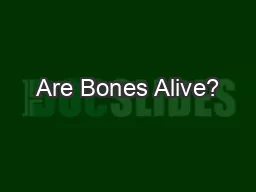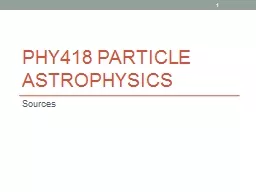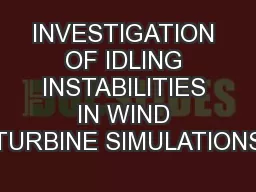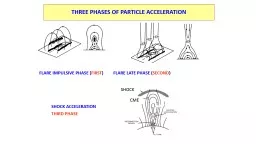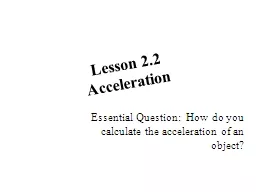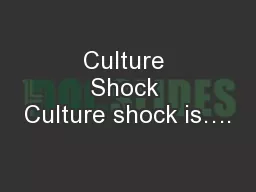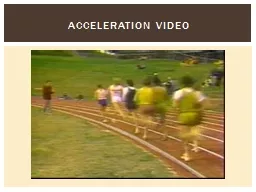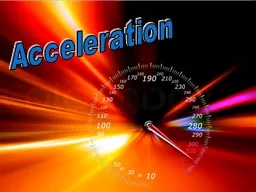PPT-Diffusive Shock Acceleration Simulations of Radio Relics
Author : bradley | Published Date : 2024-10-04
Tom Jones Hyesung Kang PNU Korea Dongsu Ryu CNU Korea 8302012 1 ICM Theory and Computation Ann Arbor 8302012 ICM Theory and Computation Ann Arbor 2 The Context
Presentation Embed Code
Download Presentation
Download Presentation The PPT/PDF document "Diffusive Shock Acceleration Simulations..." is the property of its rightful owner. Permission is granted to download and print the materials on this website for personal, non-commercial use only, and to display it on your personal computer provided you do not modify the materials and that you retain all copyright notices contained in the materials. By downloading content from our website, you accept the terms of this agreement.
Diffusive Shock Acceleration Simulations of Radio Relics: Transcript
Download Rules Of Document
"Diffusive Shock Acceleration Simulations of Radio Relics"The content belongs to its owner. You may download and print it for personal use, without modification, and keep all copyright notices. By downloading, you agree to these terms.
Related Documents

